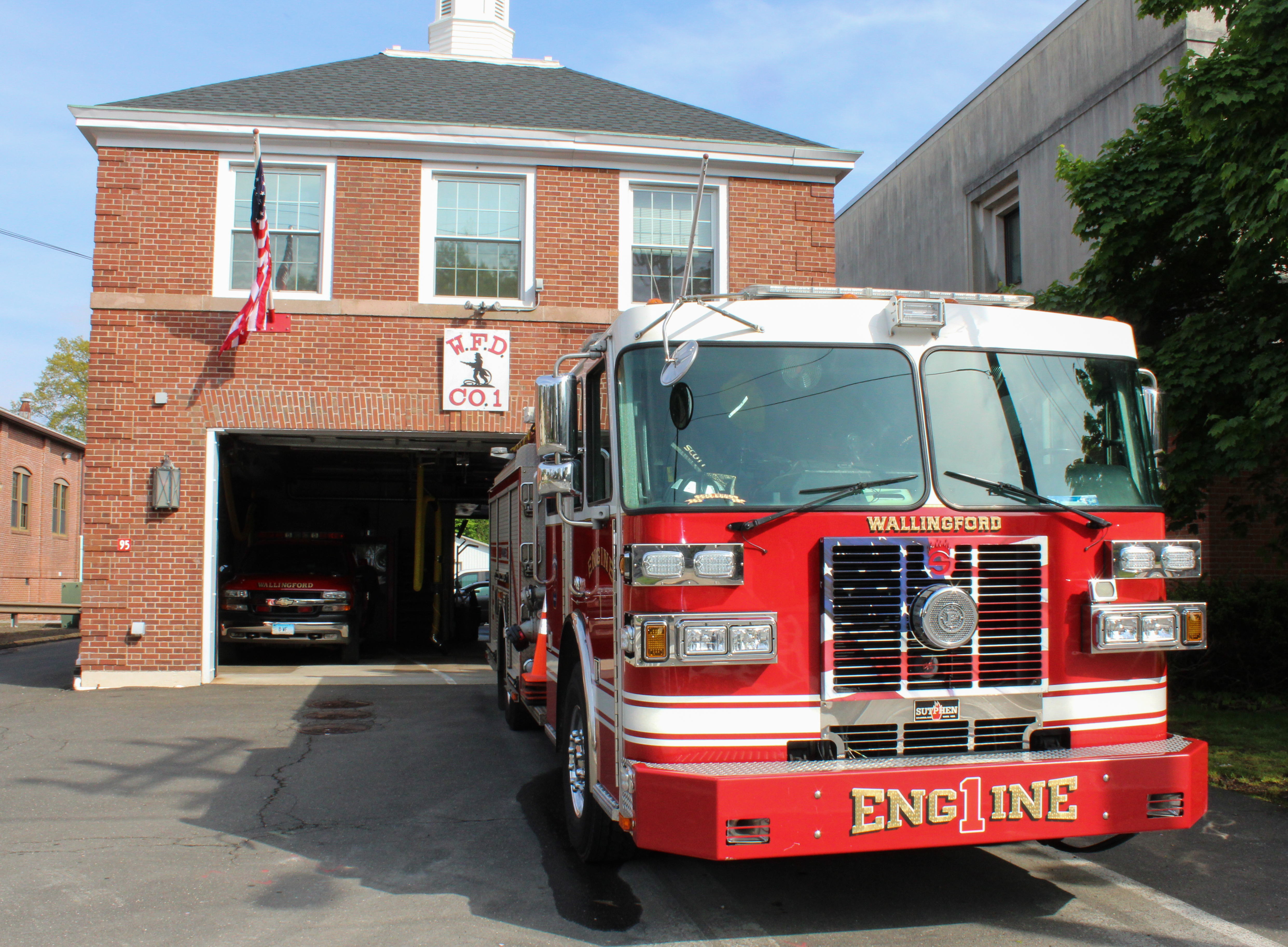
Lorraine Hillgen-Santa ’24 (left), Gaby Nirmal ’23 (middle), Chiara Vessicchio ’22 (right), recount their experiences as Wallingford day students.
Choate’s position in the Wallingford community creates a nuanced conflict for students who are a part of both worlds. Particularly amid the pandemic, the concerns of international students have been apparent — issues such as irregular schedules due to differences in time zones, or international travel. What is rarely focused on, however, is the experience of the students whose daily commute is about the length of a passing period: Choate’s Wallingford residents.
The dichotomy between being a Choate student and a Wallingford resident is unique to each individual. For Chiara Vessichio ’22, a lifelong Wallingford resident, there is a stark contrast between these two aspects of her daily life. She said, “As both a ‘townie’ and ‘Choatie,’ I’ve felt like I had to pick a side to support. When I tell people from Wallingford I go to Choate, I’m usually met with disgruntled looks and a snarky remark like, ‘Oh, so you’re one of them?’”
Lorraine Hillgen-Santa ’24, who moved to Wallingford only a few months before entering Choate, has had similar experiences. “I do notice that when you talk to other Wallingford residents, there is a large divide [between whether] they either find you fascinating and like Choate, or assume that you think you are better than them and strongly dislike Choate.”
It is clear that these sentiments, and that they play a rather pertinent role in the lives of students. This division exists primarily because Choate and Wallingford are so demographically different. As of the 2021-2022 School year, Choate currently has a population of 38% domestic students of color and 18% international students. Choate has a much more racially and ethnically diverse population than Wallingford, of which 84% of the town’s population identifies as White, according to the U.S. Census Bureau. This racial breakdown is a component that Melody Qian ’24, who identifies as Chinese, feels acutely. “It’s not like there aren’t other Asian residents in Wallingford. There definitely are. I just feel like Choate is generally a much more diverse and accepting community.”
“I don’t really want to look like a Choate student,” said Qian, who believes the label subjects her to a certain hostility when in town. “I try not to wear Choate merch or dress preppy when going into town for groceries and such. This is generally just to avoid harassment and things that I’ve heard have happened from prior accounts.” As the Choate lays in the center of town, it controls the four-way intersection, resulting in heckling from local residents. Yet, students from both the Choate and Wallingford communities warn that it is a misconception that there is only hostility from Wallingfordians against Choaties. Hillgen-Santa said, “Sometimes I think boarders assume that if you are living in Wallingford, then you or your family may have that disdain for Choate like some of the Wallingford residents they have interacted with do.”
Nonetheless, The day students that call both Wallingford and Choate home have a singular experience. Gaby Nirmal ’23, a Wallingford day student said, “My friends from Wallingford and my friends at Choate couldn’t be more different. Both worlds make up different parts of who I am.”




